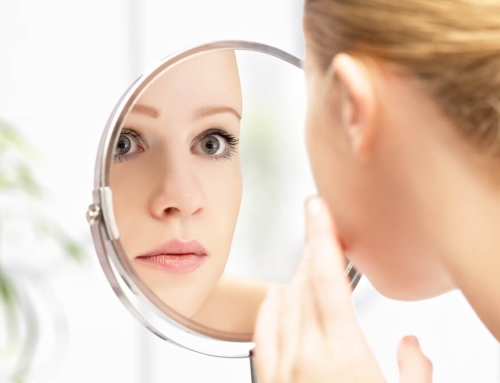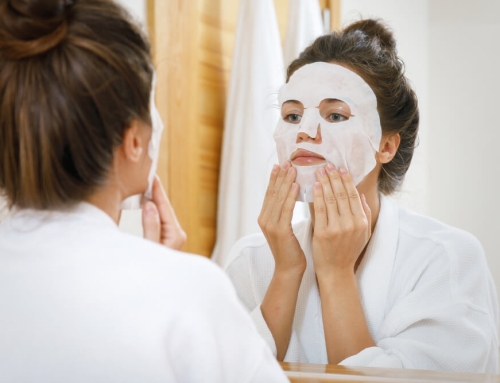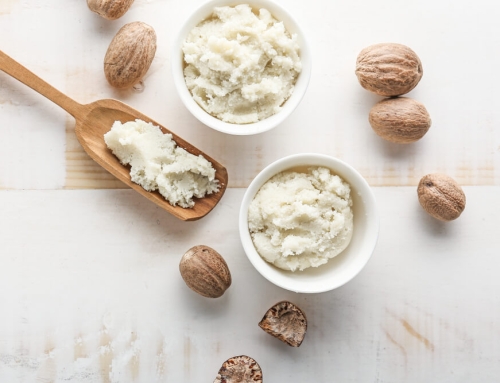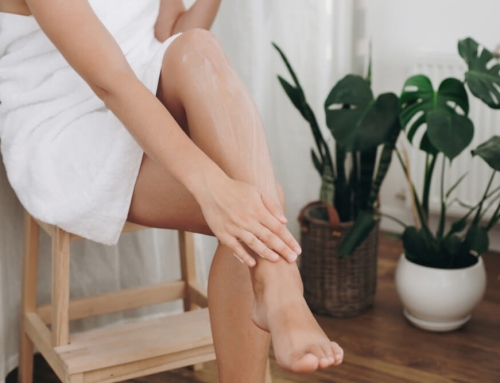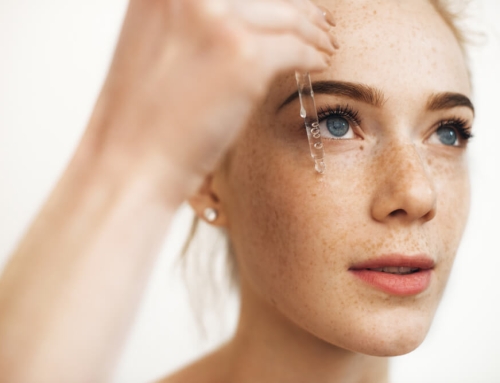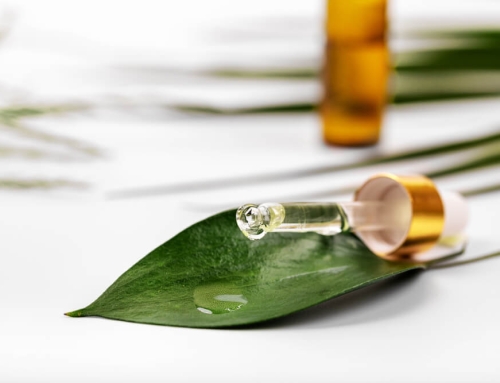Multi-masking first became trendy a few years ago. However, unlike many of the other short-lived trends that infiltrate the industry, multi-masking did not go away. In fact, as time went on, its popularity soared, with more and more people recognizing the benefits that this face masking technique brings.
Whether you’re a multi-masking newbie or a seasoned pro, this guide will inspire you to up your face mask game to truly treat your skin.
What is Multi-Masking?
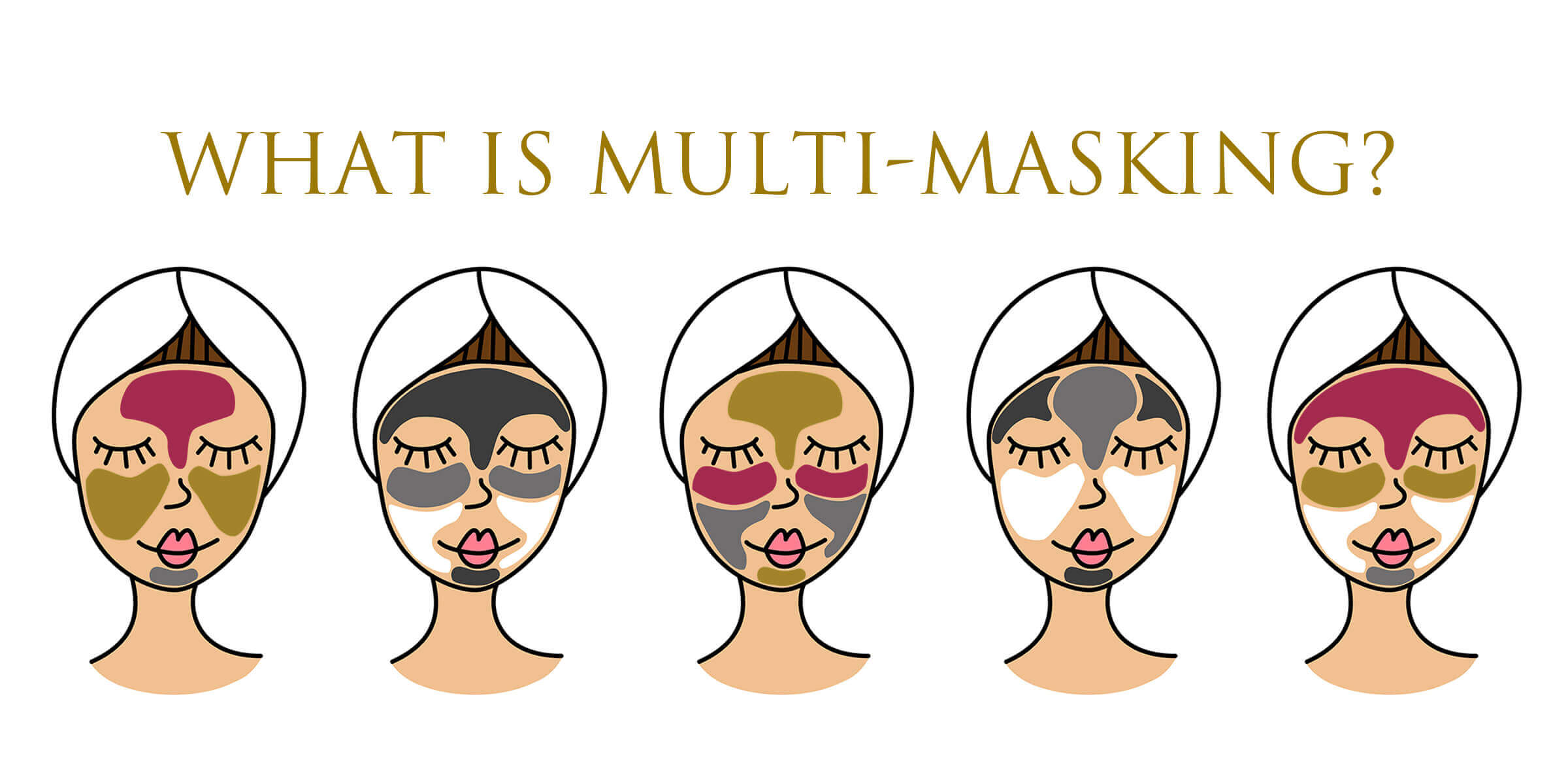
Let’s begin with the basics…
Simply put, multi-masking is a technique that refers to using more than one face mask at a time.
There are a few different ways to do this:
- Zoning – this refers to using different face masks on different parts of your skin, all at the same time. For example, if you have combination skin, you would use an oil-controlling mask on your T-zone, and then a moisturizing mask on the rest of your face
- Layering – this is exactly what it sounds like; layering one face mask over the top of another. You do need to be careful with this method, as you need to make sure that the first mask you apply doesn’t block or deactivate the ingredients in the second. More on this further down
- One at a Time – this method would see you applying your first face mask, waiting for the allotted time, and then rinsing it off, before applying your next mask
You’re probably thinking…
This all sounds like a lot of work! What’s the point of multi-masking?
The reason that multi-masking has become so popular is all down to the way in which it can significantly help to improve the skin, while also effectively tackling any specific skin concerns you may be dealing with.
The Benefits of Multi-Masking
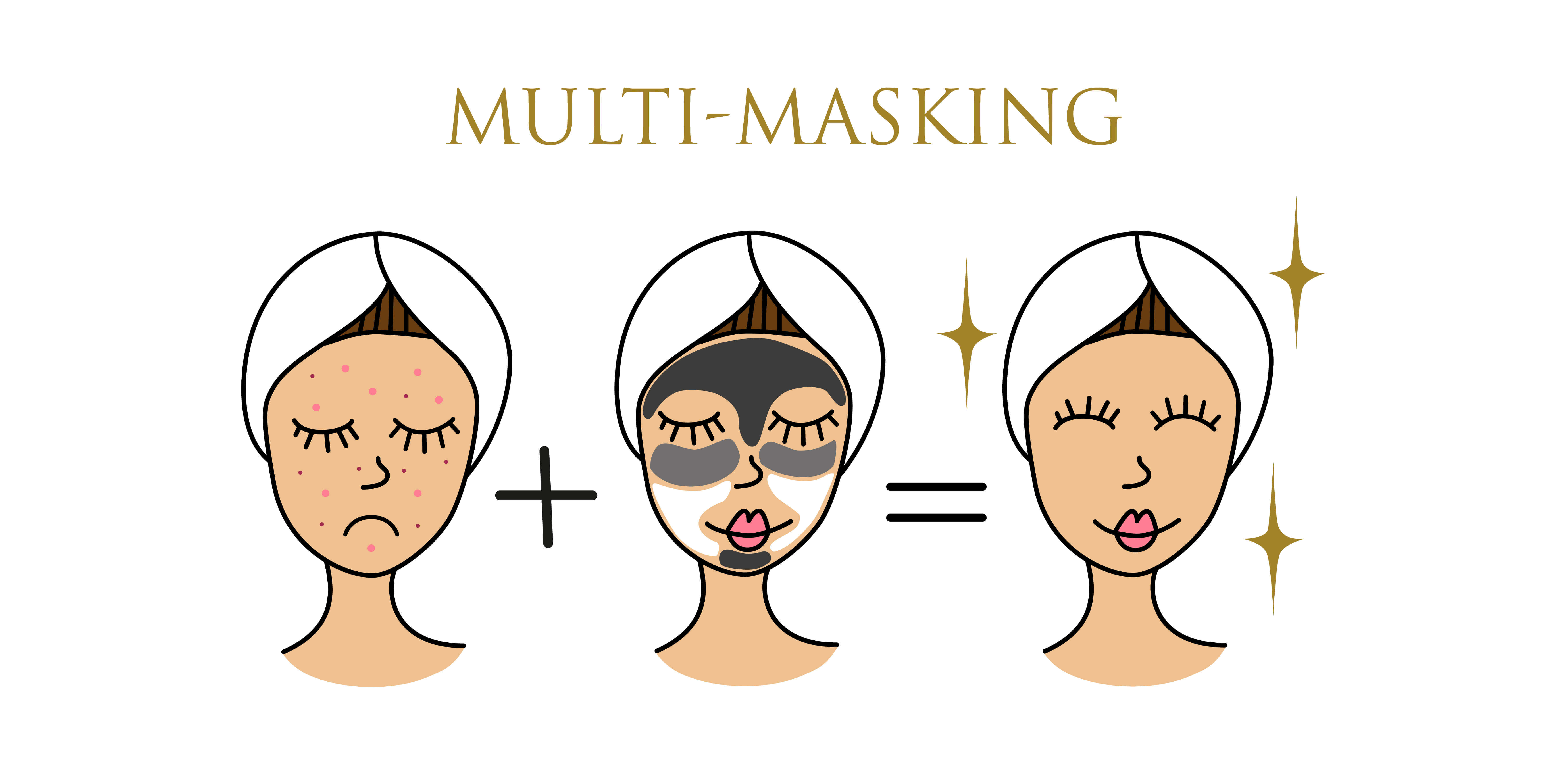
Let’s face it – almost everyone out there is dealing with multiple skin concerns. Whether this may be oiliness, acne and breakouts, or dryness and fine lines, or perhaps dark spots and a rough skin texture, it’s not easy to find a face mask that can tackle every single skin concern that a person is experiencing.
So, rather than leaving certain skin concerns to fend for themselves, multi-masking ensures that all aspects of your skin are taken care of.
Multi-masking enables you to completely customize your face mask treatment to suit your skin’s individual needs. With this technique, you’ll be able to strengthen and nourish the delicate skin around your eyes, while also using a stronger product to deal with those pesky breakouts around your nose. At the same time, you could also be targeting dark spots on your cheeks, while softening away fine lines on your forehead.
How To: The Multi-Masking Zoning Method
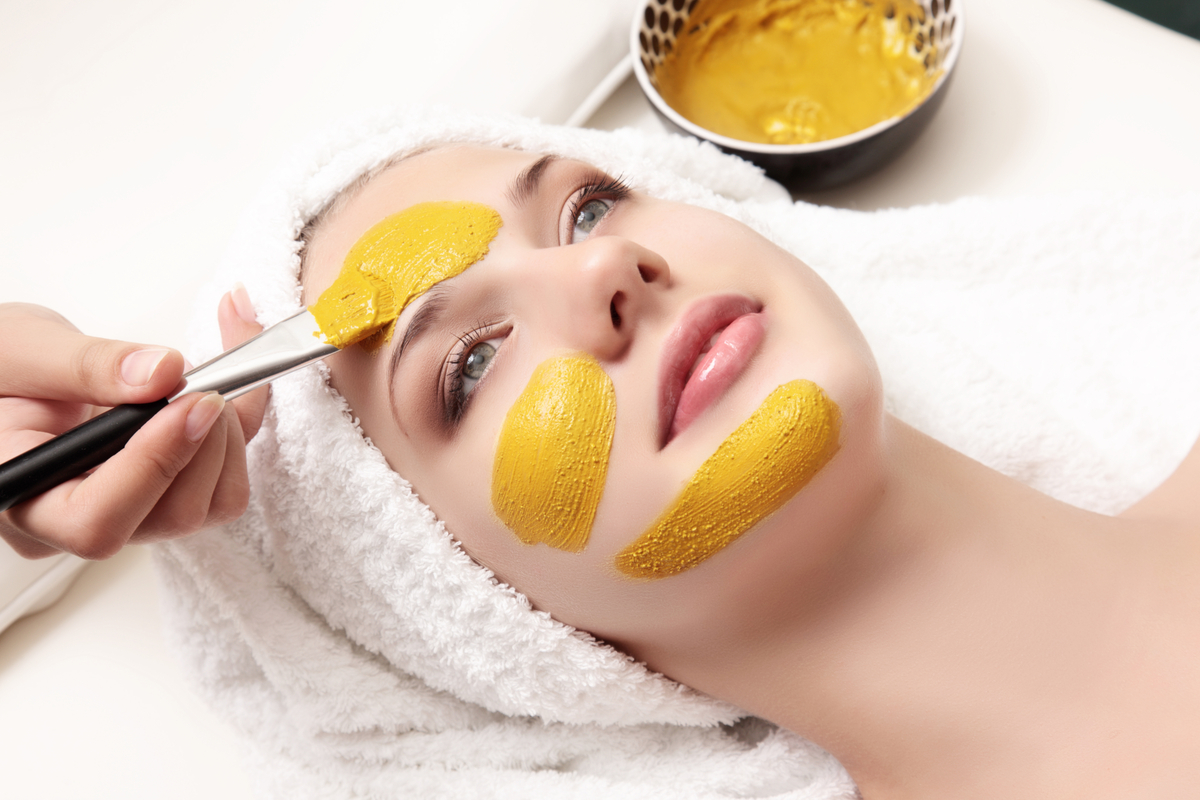
The zoning method of multi-masking is perfect for anyone who wants to target multiple skin issues at the same time. Those with combination skin will especially appreciate this technique, but zoning is something that all skin types will be able to benefit from.
In order to “zone” your face masks, you will need to first need to identify the individual zones on your face that each need different care. Then, you will need to find a face mask that perfectly pairs up with each zone.
Need some help with that?
The 24K Advanced Facial Mask is infused with hemp seed oil, other botanical extracts and vitamins, making this a great mask for any normal or dry parts of your face. It would also be a good one for general anti-aging purposes, as its ingredients are fantastic for promoting firmness and elasticity.
Try the creamy 24K Bio-Brightening Pigment Balancing Mask on any dull parts of your face, as well as on any dark spots.
However, you do need to pay special attention to the timings for each mask. For example, the 24K Advanced Facial Mask needs to be left on for 10 minutes, while the 24K Bio-Brightening Pigment Balancing Mask requires 15-20 minutes. So, you would need to begin with the Balancing Mask, before waiting for 5-10 minutes and then applying the 24K Advanced Facial Mask to the bare areas of your skin.
You may find it useful to use an applicator when zoning your face masks, instead of your fingers.
Why?
Because some of the areas you will be applying your mask to will be quite small, and using your fingers could cause the mask to smear over onto other parts of your face.
How To: The Multi-Masking Layering Method
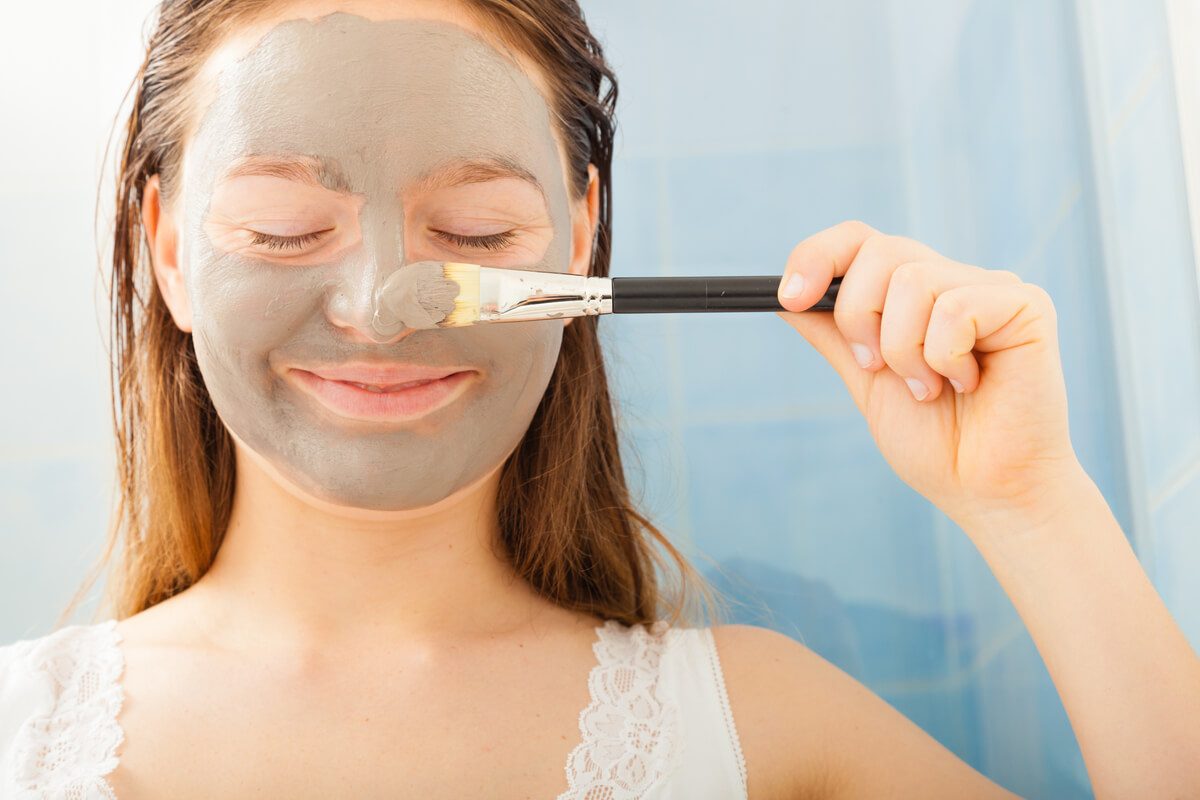
While the zoning method is suitable for all skin types, the layering multi-masking method is best suited for those with dry skin.
Why?
Because it’s an amazing way to deeply hydrate and nourish, since the second mask you apply will force all of the ingredients from the first mask deeper into your skin. This will likely be too heavy for oily skin, and may lead to breakouts, whereas those with sensitive skin may find themselves reacting from ingredient overload. However, for dry skin, this technique is ideal.
Wondering if you can layer more than two face masks over your skin?
You could, but there wouldn’t be much point to this. By the time you apply the third mask, there will already be so many ingredients and layers beneath it, preventing that mask from having much of an effect.
So, to get started with the layering method, you will need to pick two face masks that are suitable for layering.
The first mask you apply should be the one that needs to stay on your skin for the longest. Ideally, this should also be the lighter and more absorbent of the two masks you have chosen.
For your second mask, consider going for a clay or a sheet mask. These will form an air-tight layer over the first mask you applied, pushing its ingredients deep into your skin and preventing them from evaporating into the air.
The 24K Termica Energizing Mask works well as both the first or the second layer. If you decide to apply it first, you can swap your second face mask for the 24K Termica Activation Serum – when you apply this formula over the top of the 24K Termica Energizing Mask, it intensifies the treatment, thanks to the supportive ingredients within it.
If you would prefer to go with a sheet mask for your top layer, the 24K Deep Tissue Rejuvenation Mask & Collagen Eye Renewal Mask will work well. This face mask set contains masks for both the face and the under-eye area, so you could even layer and zone at the same time!
Make sure that you wait for the first mask to dry before applying the second mask. Otherwise, you may as well just go ahead and mix both the masks together before applying the mixture to your skin, which would also work quite well for some masks.
One thing that you will need to pay extra attention to when layering your face masks is the ingredients used within each mask. Some skin care ingredients should never be combined, such as:
- Vitamin C and Retinol – both of these are popular face mask ingredients but deactivate each other when combined
- Vitamin C and Niacinamide – vitamin B3 turns vitamin C into an irritant
- Retinol or Vitamin C with Exfoliating Acids – this combination is much too harsh on the skin, and will likely leave you feeling red and irritated
If you decide to give the layering method a try, make sure that you are extremely thorough when cleansing the face masks off your skin. The face mask mixture on your skin will be thicker, and maybe greasier, than usual, and you want to ensure that you really get all of it off. You may want to give double cleansing a try after layering your face masks.
How To: The Multi-Masking One-at-a-Time Method
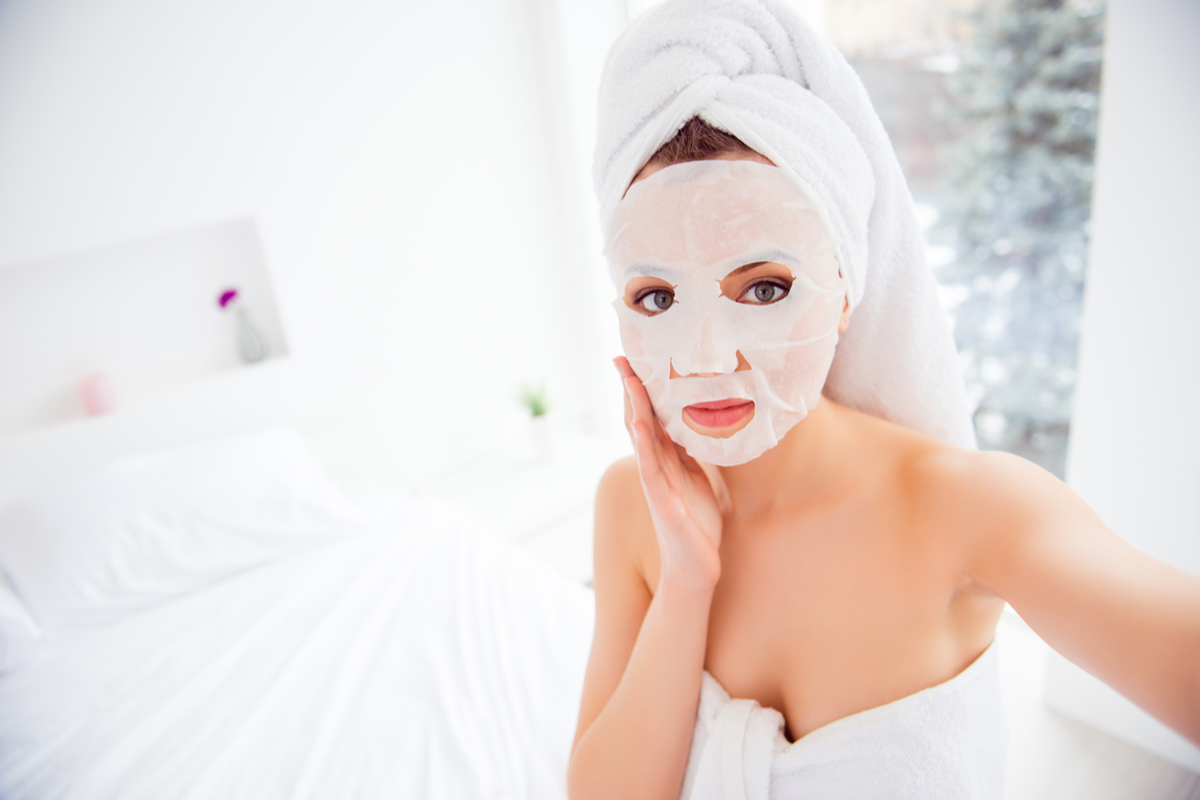
The one-at-a-time multi-masking method is pretty self-explanatory – simply apply your first face mask, and then apply the next once the first has been rinsed off.
This is another multi-masking technique that is suitable for all skin types. It basically enables you to reap the benefits of both masks in one sitting. It’s also a good method to go with if you were intending on layering your face masks, but the masks you have aren’t suitable for being layered (for example, if they were both clay masks).
For an extra boost to your skin, go with a no-rinse mask for the last mask that you use. These are incredible for providing long-lasting hydration, and will help to lock in all of the benefits of the previous mask that you used.
The OROGOLD 24K Nano Hydra Silk Mask is the perfect example of this. After you massage this creamy mask into your skin, it transforms into liquid droplets that your skin will readily drink up.
How to Get More Out of Your Face Masks
There are a few things that you can do to ensure that you really are getting the most out of the face masks you apply.
To begin with, your skin should always be well-cleansed. This means that there won’t be any impurities lying around on the surface of your skin, preventing the mask’s ingredients from penetrating into your pores.
Microneedling, also known as collagen induction therapy, is something else that you could look into…
Never heard of it?
It’s a technique that makes use of a special device known as a dermaroller, with both at-home and professional versions available.
The main aim of microneedling is to stimulate the skin’s natural production of collagen and elastin, which it successfully accomplishes. It is also a popular treatment for fading scars and stretch marks.
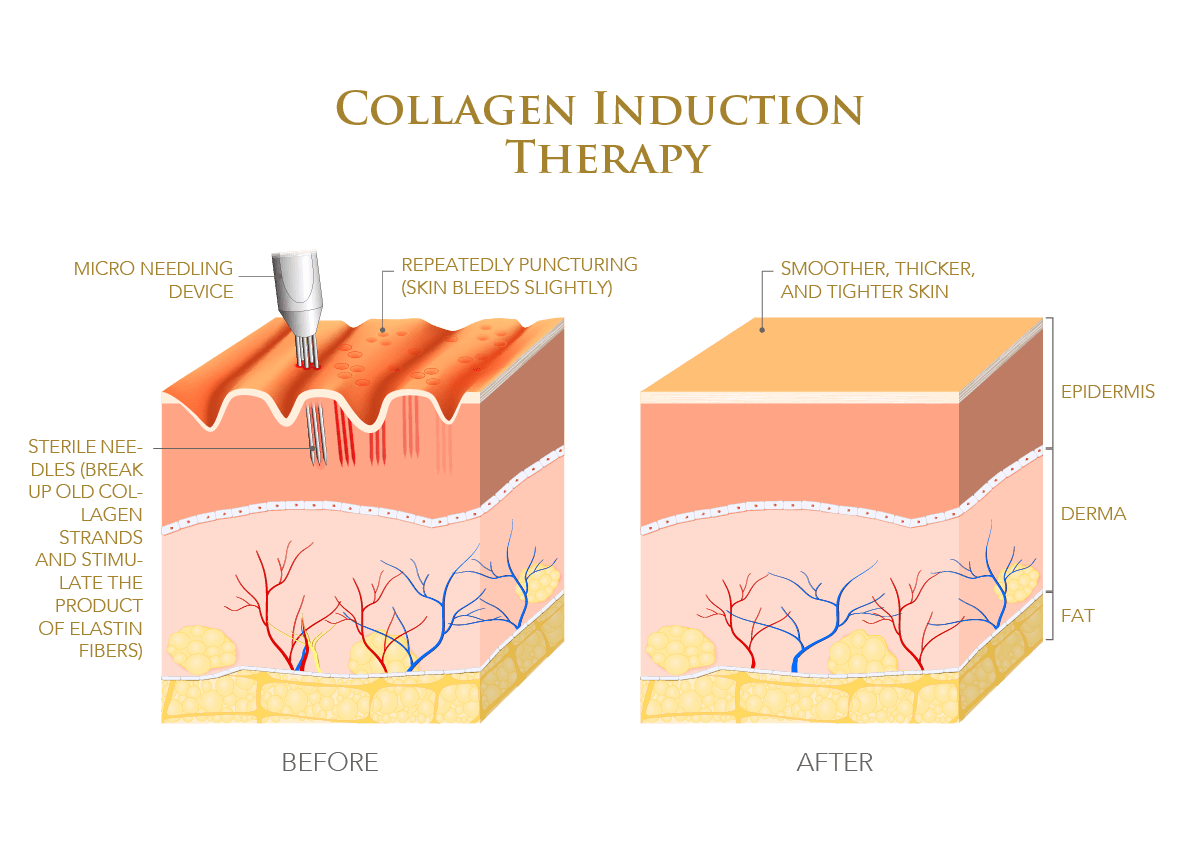
However, another one of microneedling’s advantages is the way in which it improves the penetration of skin care products.
How does it do this?
Well, a dermaroller contains lots of tiny needles that create micro-punctures in the skin when the device is rolled over the skin. When you apply skin care products after microneedling, they are able to make their way through these extra channels, enabling your skin to absorb more of the product than it otherwise would have. So, microneedling before multi-masking will make the face masks you apply so much more powerful.
Now, here’s a tip for those of you who say you don’t have time to multi-mask…
Try multi-masking in the shower!
This may sound a little crazy at first, but showering while wearing a face mask actually has some unique benefits…
All of the steam in the air around you will be pulled into the face masks you use, meaning that your skin will gain so much extra moisture and hydration. Plus, having all of that warm water right there makes rinsing your masks off so much more convenient!
Post-Multi-Masking
Wondering what you should do with your skin once you’re done multi-masking?
It’s important not to leave your skin bare at this stage. Continue on with your skin care routine as normal, which, for many, would mean applying a serum next. You can then finish with a moisturizer.
Of course, if you’re going for the one-at-a-time method and have used a no-rinse mask as your last step, then you may not want to apply any products over the top of this.
Multi-masking may seem like quite a bit of extra effort, but it does pay off in the long run. It is such a great way to ensure that you are targeting each one of your skin concerns and giving your skin all that it really needs. If you haven’t already tried it, set aside some time for multi-masking this week!


